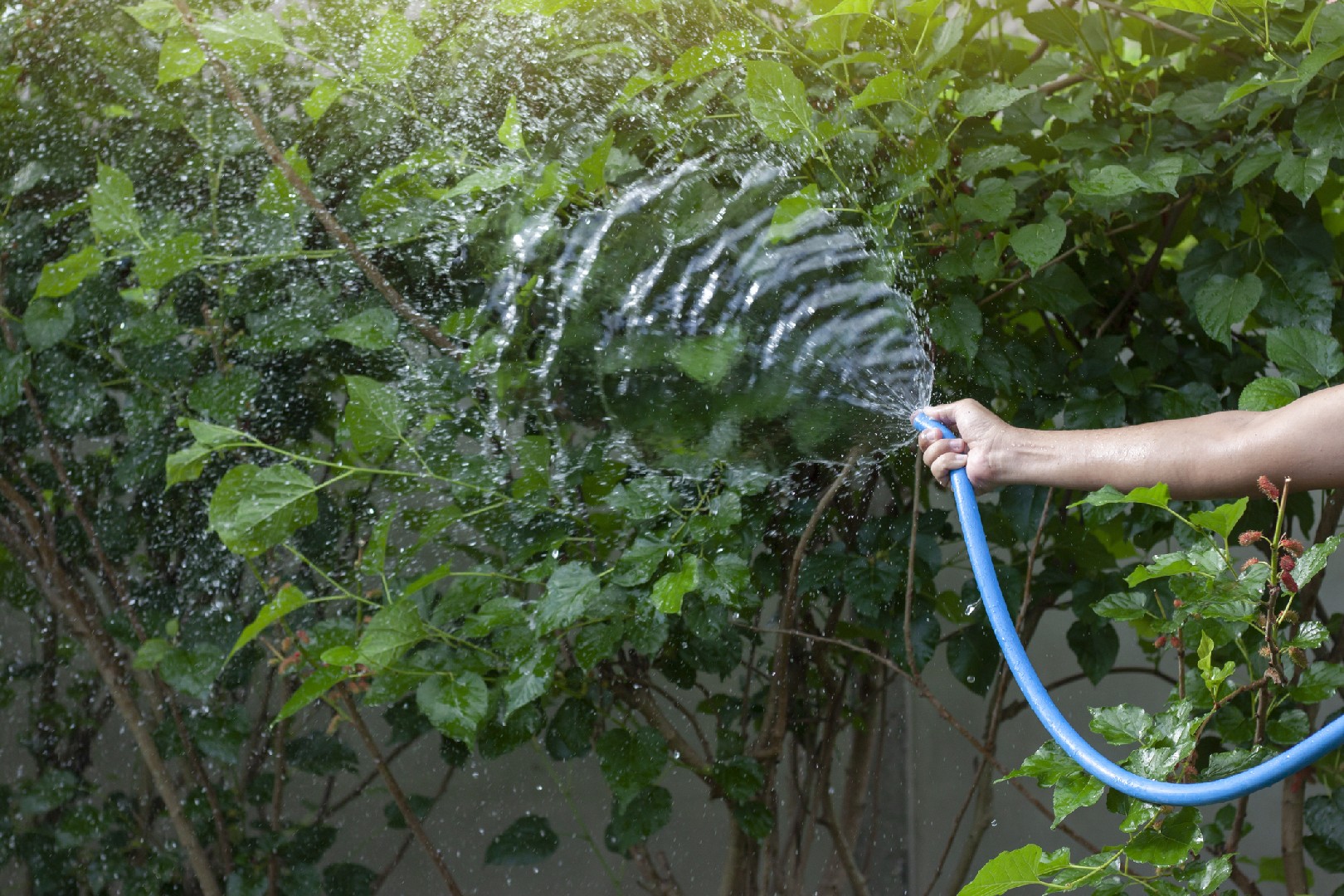![Rectangle]()
Mastering the Art of Irrigation with Soaker Hoses
Soaker hoses are an excellent tool to efficiently water your plants, but mastering the art of irrigation with them requires some knowledge and skills. In this section, we will explore the ideal watering schedules and durations for different types of plants using soaker hoses, discuss common mistakes to avoid, and provide guidance on integrating soaker hoses into a sustainable and efficient watering routine.
When it comes to watering plants with soaker hoses, it's important to understand the specific needs of each type of plant. Different plants require different amounts of water, and watering them according to their specific needs will promote healthy growth and prevent issues such as overwatering or underwatering. For example, vegetables like tomatoes and lettuce need consistent moisture, so they should be watered more frequently compared to drought-resistant plants like succulents.
To determine the ideal watering schedule for your plants, consider factors such as their water requirements, the climate in your area, and the type of soil in your garden. Most plants benefit from deep, infrequent watering rather than frequent shallow watering, as it encourages the development of strong and deep root systems.
In addition to the watering schedule, the duration of watering is also crucial. Soaker hoses are designed to deliver water directly to the root zone of plants, ensuring efficient water absorption and minimizing evaporation. As a general rule, aim to water your plants for about one inch per week, which translates to approximately 30 minutes of watering with a soaker hose.
However, it's essential to monitor the moisture level in the soil to avoid over or underwatering. One way to do this is by regularly checking the soil moisture using a moisture meter or by simply sticking your finger about an inch into the soil. If it feels dry, it's time to water. If it's still moist, you can hold off watering for a bit longer.
Now, let's discuss some common mistakes to avoid when using soaker hoses. One of the most common mistakes is using too many soaker hoses or placing them too close together. This can lead to uneven water distribution and may result in overwatering some plants while underwatering others. To ensure proper coverage, space your soaker hoses about 12 inches apart and adjust the water pressure according to the specific needs of your plants.
Another mistake to avoid is leaving your soaker hoses out in the open when not in use. Soaker hoses are susceptible to damage from the sun's UV rays, extreme temperatures, and physical wear and tear. To extend their lifespan, it's best to store them in a shaded area or cover them with mulch when not in use.
To integrate soaker hoses into a sustainable and efficient watering routine, consider implementing a rainwater harvesting system. Collecting rainwater in barrels or cisterns and using it to water your plants can significantly reduce your water consumption and lower your utility bills. Additionally, adding a timer and moisture sensor to your irrigation system can automate the watering process and ensure your plants receive the right amount of water at the right time.
In conclusion, mastering the art of irrigation with soaker hoses involves understanding the watering needs of different plants, following an appropriate watering schedule, avoiding common mistakes, and integrating sustainable practices. By utilizing soaker hoses effectively, you can provide your plants with the water they need while minimizing waste and promoting healthy growth. Remember to regularly monitor the moisture level in the soil, adjust the watering duration and frequency as needed, and embrace sustainable water-saving techniques for a thriving garden.





